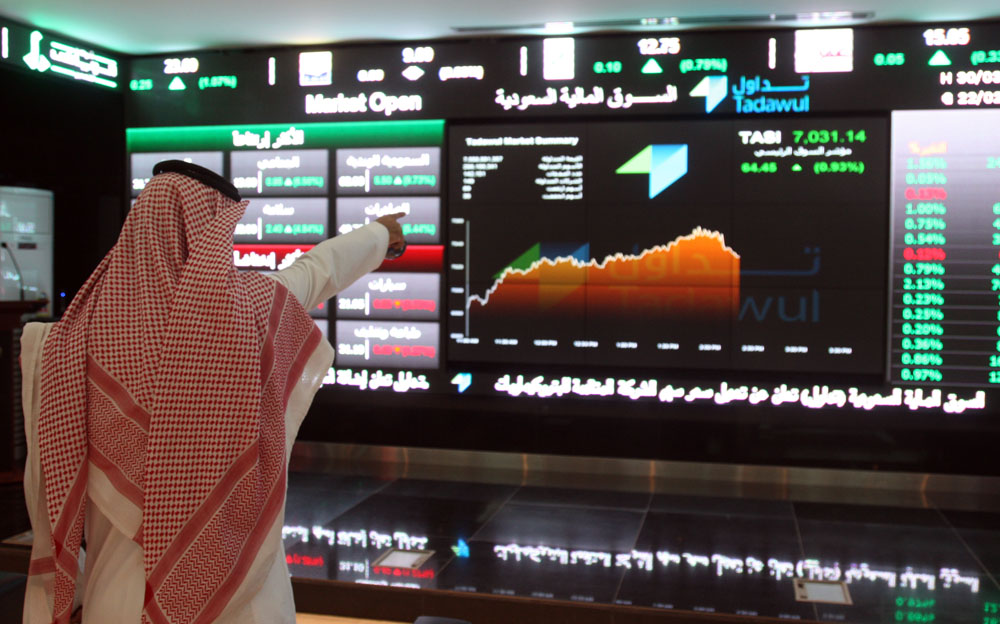
Fitch: Saudi banks overcome liquidity crunch but profits falling
The worst effects of the liquidity crunch that hit the Saudi banking sector in 2016 have passed, following a drive by authorities to inject and support system liquidity, according to Fitch Ratings.
“The banks came through the period largely unscathed, with liquidity coverage ratios recovering and capital strength intact despite a dip in earnings. However, we expect profitability to continue declining in 2017, reflecting rising impairment charges and funding costs,” a Fitch statement said.
“Our analysis shows that liquidity metrics have recovered at banks that have reported their 2016 results,” it added.
“The average liquidity coverage ratio improved to 204 percent by end-2016, down just one percentage point year-on-year, having dropped to 156 percent at end-September 2016,” the statement added. The volatility of liquidity ratios highlights the concentration risk in many banks’ funding, according to the rating agency.
The improvement was driven by the injection of SR20 billion ($5.3 billion) of public-sector deposits into the sector in October 2016 and the introduction of seven- and 28-day repo facilities by the Saudi Arabian Monetary Authority (SAMA).
These repo facilities significantly improve the sector’s liquidity prospects and SAMA’s relaxation of the maximum loans/funding ratio to 90 percent from 85 percent in February 2016 also alleviates some pressure, according to Fitch Ratings.
Liquidity was further boosted in the fourth quarter of 2016 when borrowers in the contracting sector received an estimated SR75 billion of overdue payments from the government, allowing them to service their obligations to the banks, the statement added.
“For the first time since the global financial crisis, the sector’s net income was down, by 5 percent to SR41 billion, driven by the liquidity crunch and a rise in impairment charges, as lower oil prices take their toll on the wider economy and reduce government spending,” it said.
Funding costs more than doubled in 2016 as banks became more reliant on the interbank market and sourced liquidity from more expensive term deposits and by selling liquid assets, according to Fitch Ratings.
“We expect funding costs to continue rising in 2017, particularly as the Saudi policy rate is likely to rise,” the statement added.
Non-performing loan (NPL) ratios for the Saudi banking sector are still low by regional and global standards, rising only marginally by end-2016 to 1.2 percent (end-2015: 1.1 percent). However, tightening sector liquidity has affected borrowers’ ability to service their debt. Several banks provided significant specific and general provisions against their loan books in the fourth quarter of 2016, reflecting the more challenging credit environment.
Despite the pressure on earnings, the main Saudi banks are still profitable by international standards, with an average return on assets of 1.7 percent in 2016 (2015: 1.9 percent). This reflects low, albeit rising, impairment charges and funding costs, and the banks’ emphasis on cost control, said the Fitch statement.
Capital positions remain strong, with restrained growth in loan portfolios (just 2 percent) compensating for a 28 percent fall in internal capital generation and the average Fitch Core Capital ratio rising more than one percentage point to 16.9 percent.

























